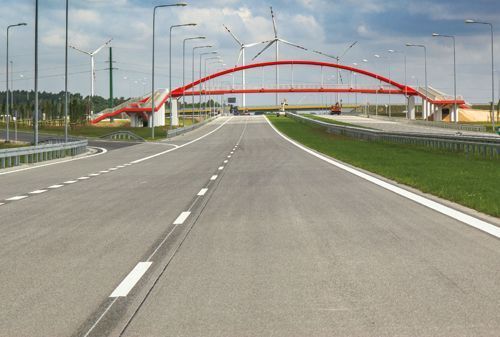According to the entire National Road Construction Programme (for 2014–2023), 809 roads are to be constructed primarily using concrete. This means that you should be driving over concrete (including on already completed sections) most of the way from Warsaw to Lithuania (between Wyszków and the border crossing in Budzisk along the S8 and S61 roads) as well as from Warsaw to Katowice along the S8 and the A1 roads. In October 2016, minister Andrzej Adamczyk took the decision for almost 100 km of the A1 motorway, between Tuszyn and Częstochowa, to be constructed with concrete surfaces. The task is even greater because the majority of the road (the section between Piotrków Trybunalski and Częstochowa) will have three lanes instead of two in each direction. “For such a busy section as Tuszyn–Częstochowa, the advantages of concrete surfaces are particularly important, due to their durability and resistance to pothole formation. I am very glad that despite the change in































































